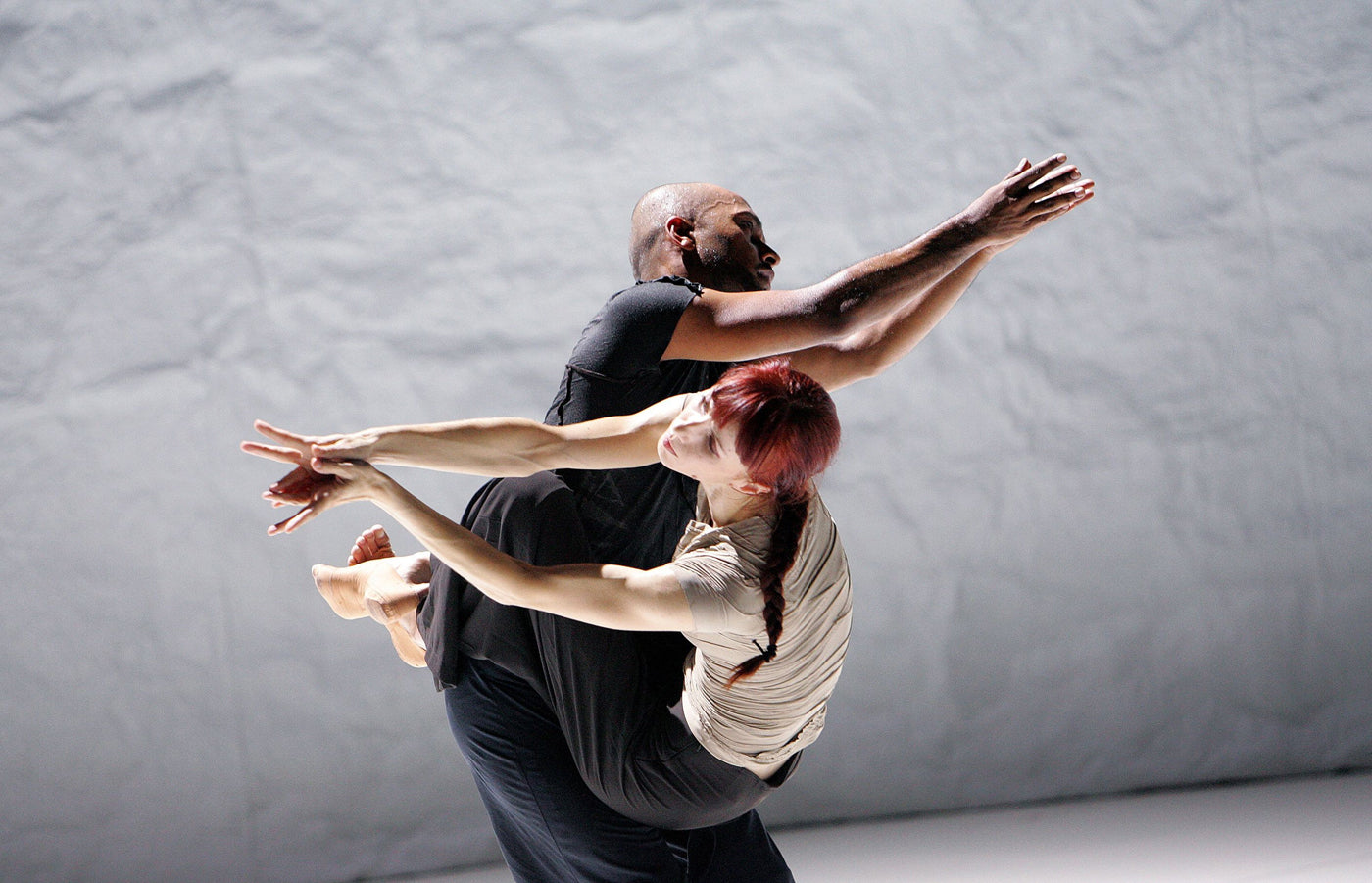Modern Dance Hold’em
Lassoing is a surprising through-line for a Martha Graham Dance Company performance. The theme steps generally tend towards the child-birthing variety: contractions and deep squats.
Continue Reading
World-class review of ballet and dance.
When it was conceived in 2006, “Sacred Monsters” marked Sylvie Guillem's transition from the classical scene to the contemporary one—an intriguing development that had the famed ballerina's fans on the edge of their seats, eager to witness what turned out to be an inspired reformation. This revival, however, speaks to a less celebratory event: Guillem's impending departure from the stage altogether. (Her final performances have been announced for May 2015.) A full house showed up last week to watch the piece, which takes its title from an old French nickname for the biggest icons of the theatre and also features contemporary superstar Akram Khan. We weren't disappointed: the two stars put on an incredible show, one brimming with virtuosity and the kind of experimental artistry only dancers of a certain calibre can pull off convincingly.
Performance
Place
Words

Akram Khan and Sylvie Guillem in "Sacred Monsters." Photograph by Tristram Kenton


“Uncommonly intelligent, substantial coverage.”
Already a paid subscriber? Login
Lassoing is a surprising through-line for a Martha Graham Dance Company performance. The theme steps generally tend towards the child-birthing variety: contractions and deep squats.
Continue ReadingAs a dance viewer, it’s easy to get swept up in the grand movements in a piece, glossing over the finer details.
Continue ReadingHubbard Street Dance Chicago was in New York for a two-week run March 12–24 at the Joyce Theater, a venue that consistently programs excellent smaller dance companies in its 472-seat theater.
Continue ReadingThe legendary Cuban dancer Carlos Acosta trained relentlessly to come out of retirement last year for a performance of classical works in celebration of his 50th birthday at the Royal Ballet, where he spent most of his professional career.
FREE ARTICLE
comments